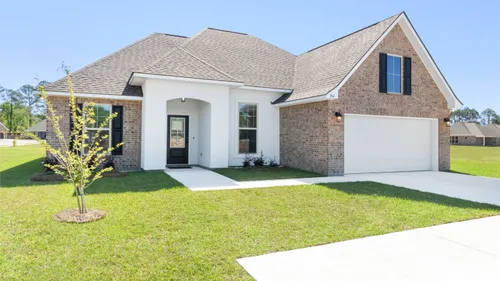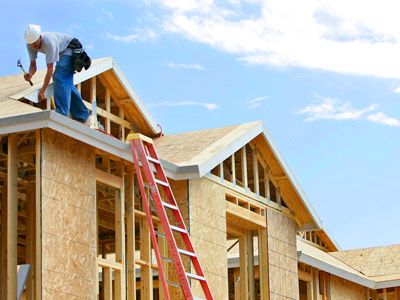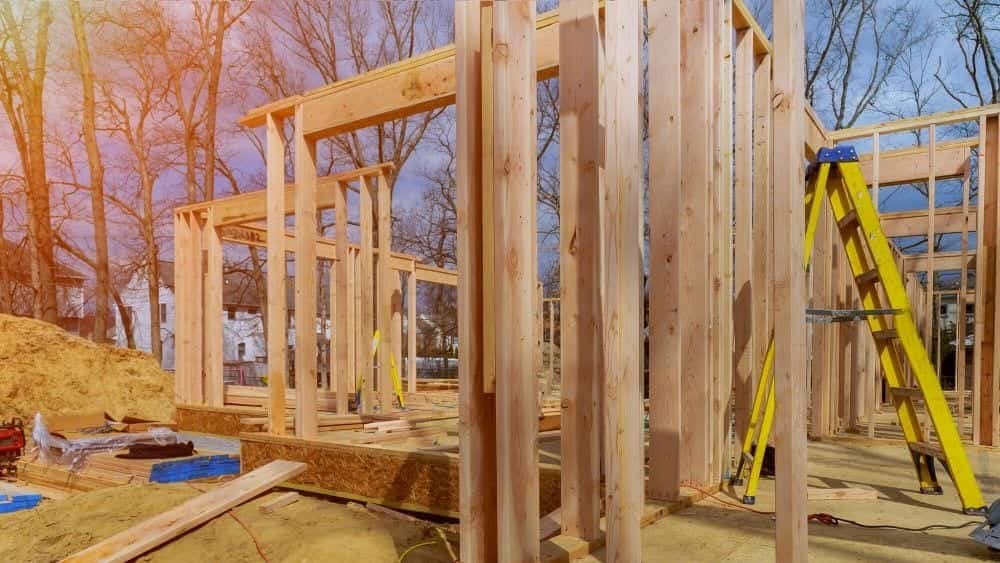Exactly How a General Service Provider Can Transform Your Typical Areas Into Practical Areas
The makeover of typical areas right into functional areas is a nuanced process that requires a basic contractor's proficiency in analyzing details area needs and creating customized remedies. By thinking about factors such as design, accessibility, and visual appeal, a service provider can create atmospheres that not just offer practical functions yet also foster area interaction.
Assessing Current Common Location Needs
When examining usual locations, it is vital to identify and understand the particular demands of the community they serve. This process begins with a thorough assessment of present usage patterns, which includes gathering data on foot web traffic, optimal usage times, and tasks happening within these spaces. Engaging with area members with studies or conferences can provide important insights into their choices and challenges.
Next, it is essential to think about the market structure of the neighborhood, including age, way of life, and any type of special demands that may impact how these spaces are used. As an example, households with kids may need play areas, while older adults may focus on availability attributes.
Furthermore, examining the existing facilities and facilities is important. Recognizing areas that are underutilized or in need of repair can notify possible enhancements. Working together with stakeholders, such as building supervisors and local companies, makes certain that the evaluation reflects a comprehensive understanding of the community's needs.
Inevitably, a careful evaluation of present usual area requires prepares for effective transformations, allowing for the creation of areas that cultivate engagement and boost the general lifestyle within the neighborhood.
Designing for Performance and Aesthetics
A detailed understanding of community needs sets the stage for reliable style that stabilizes capability and appearances in usual areas. Successful layout needs a thoughtful technique that takes into consideration both the useful usages of the area and the aesthetic allure that enhances the setting.
Functional style entails developing spaces that satisfy the details activities and communications of the area. This could include adaptable seating setups for celebrations, obtainable pathways for people with wheelchair challenges, or marked areas for leisure tasks. Each aspect has to serve a purpose while making sure simplicity of activity and convenience for individuals.
Looks play a critical duty in fostering a welcoming atmosphere. The option of colors, products, and lighting can dramatically impact the assumption of a space. Incorporating natural aspects, such as plant or water features, can improve the setting and develop a relaxing setting. Furthermore, aligning the style with the area's cultural identification can foster a sense of belonging and satisfaction.
Budgeting and Resource Appropriation
Reliable budgeting and resource allocation are essential elements in the successful makeover of usual areas. A distinct budget plan describes the monetary parameters within which the job need to operate, guaranteeing that prices are controlled and sources are effectively used. This begins with a comprehensive evaluation of job requirements, consisting of design elements, materials, and labor.

A general professional plays a crucial function in this phase, working together with stakeholders to develop practical budget plan estimates that official source line up with the desired vision. By focusing on essential functions and discovering cost-effective options, the service provider can enhance costs without jeopardizing quality.
Resource appropriation involves tactically assigning personnel, tools, and materials to various phases of the task (Kitchen Remodeling Indiana). This calls for cautious planning to stay clear of hold-ups and guarantee that each part is supplied on time. In addition, routine surveillance of expenditures against the budget plan aids to identify prospective overruns early, enabling timely modifications
Taking Care Of Building And Construction Refine Successfully
Taking care of the building process effectively is important for achieving prompt project conclusion and maintaining budget plan integrity. A well-coordinated strategy involves meticulous preparation, clear interaction, and effective resource management. General professionals have to develop a comprehensive job timeline that details each phase of building, enabling for the identification of crucial milestones and potential bottlenecks.
Regular progress meetings are important for maintaining all stakeholders educated and straightened. These meetings facilitate the prompt resolution of issues, guaranteeing that the project remains on track. In addition, using project monitoring software program can streamline communication, track development, and handle paperwork, minimizing the likelihood of hold-ups and misunderstandings.
Efficient source allowance is also paramount. By guaranteeing that materials, labor, and equipment are available when required, general specialists can stop costly disruptions. Applying an aggressive technique to risk administration more improves performance, as it permits the identification and reduction of prospective difficulties prior to they rise.

Making Certain Conformity and Quality Standards
Conformity and high quality requirements are basic to the success of any type of building project, making certain that the ended up areas not just fulfill customer expectations yet additionally abide by governing needs. A general service provider plays a crucial role in enforcing these requirements throughout the building and construction process.
First, it is vital for the service provider to informative post remain updated on neighborhood building ordinance, security policies, and sector best techniques. This expertise enables them to lead style options and product options that line up with compliance requirements. Routine examinations and high quality assessments during the construction phase help to determine possible issues early, reducing costly delays and rework.
Moreover, a credible general specialist promotes a society of quality amongst workers and subcontractors. This can be achieved by supplying training on compliance methods and implementing stringent quality assurance procedures. By establishing clear interaction channels, the contractor can make certain that everyone entailed recognizes their responsibilities pertaining to compliance and high quality.
Final Thought
Finally, the duty of a general contractor in transforming typical areas right into useful areas is critical. Via a thorough analysis of area requirements, thoughtful layout, precise budgeting, and efficient project management, these professionals can produce environments that improve YOURURL.com usability and visual allure. Adherence to compliance and top quality criteria further makes sure that revitalized areas not just meet the assumptions of stakeholders however also foster involvement and enrich the overall experience for all users within the community.
The change of usual locations into useful rooms is a nuanced process that calls for a basic professional's expertise in assessing certain area needs and designing customized options. By thinking about aspects such as layout, availability, and aesthetic appeal, a specialist can create environments that not only serve practical objectives but also foster area interaction. General contractors should establish a detailed task timeline that lays out each stage of construction, enabling for the recognition of vital turning points and potential traffic jams.
